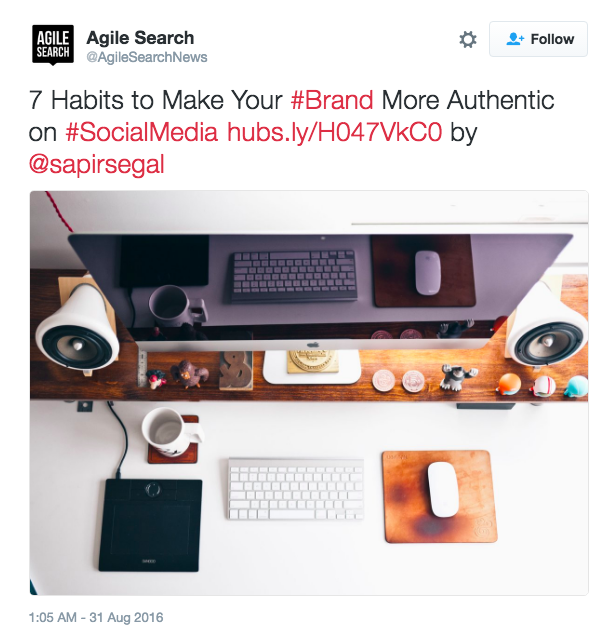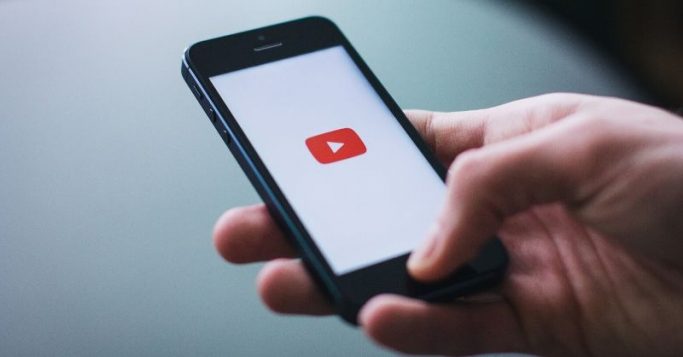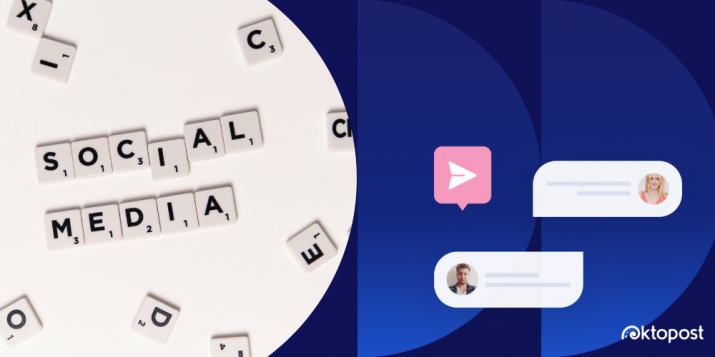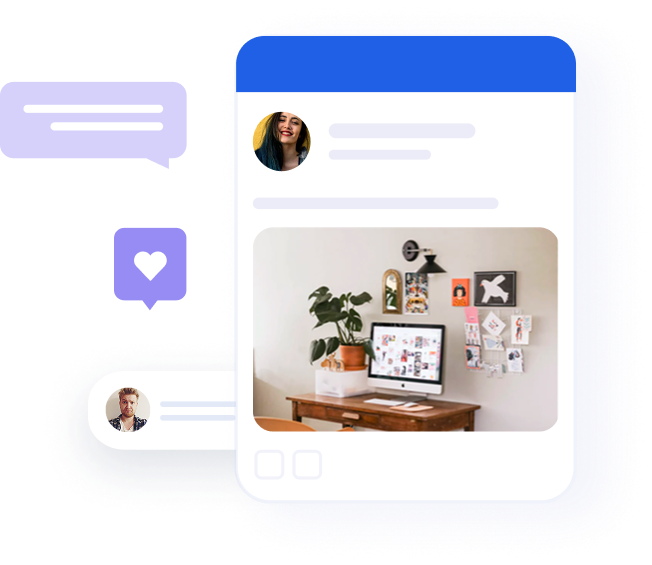
4 ways X (Twitter) link attachments can affect your marketing strategy
Each day, there are over 100 million active users on X (Twitter), and by the time you have finished reading this sentence, over 6000 Tweets were posted. That’s insane! X (Twitter) has certainly become a serious marketing tool, especially among B2B companies. In fact, 87% of B2B marketers said they use X (Twitter)to distribute content.
While it’s a popular social network, many marketers find the 140-character limit slightly frustrating, especially when it comes to attaching rich media such as images, videos, GIFs, etc. Earlier this year, there were discussions about X (Twitter)considering changing its 140-character limit on Tweets to 10,000. Although that’s not yet the case, Twitter has made some important updates to Tweets that will impact how you interact with followers and users. X (Twitter) says that many of these changes are happening to allow marketers to express themselves beyond 140 characters.
So what do the changes to X (Twitter) Link Attachments include precisely, and what do they mean for marketers?
What did and didn’t change?
X (Twitter)still has a 140-character limit, but it made some changes to Tweet formats when using two features:
- X (Twitter)replies:
- From now on, whenever you reply to someone on X (Twitter), the @username at the beginning of the Tweet will not be counted towards the character limit. Also, the “@” sign will no longer appear in replies before the username in order to have those Tweets seen by all of the user’s followers.
- For example, before the X (Twitter)updates, the “@SapirSegal” would be counted towards the 140-character limit in this X (Twitter) reply. Today, it doesn’t count or show the “@” symbol at the beginning of the username.
 Any @mentions included at the beginning of a Tweet without actually clicking reply will still count towards the character limit.
Any @mentions included at the beginning of a Tweet without actually clicking reply will still count towards the character limit.- Including @mentions in the body of a normal Tweet will still be counted in the 140-character limit.
- For example, the following post mentions @SapirSegal in the body of the Tweet, which will be reduced from the 140-character limit.
- From now on, whenever you reply to someone on X (Twitter), the @username at the beginning of the Tweet will not be counted towards the character limit. Also, the “@” sign will no longer appear in replies before the username in order to have those Tweets seen by all of the user’s followers.

- Attaching rich media:
- Any photo, video, GIF, poll, or Quote Tweet uploaded to a Tweet will not count towards the 140-character limit. Yay!
- However, any URLs typed or pasted inside a Tweet will still be counted in the character limit.
Now you have more room to express yourself, for example:
What Tweets used to look like

What Tweets look like today

If you’re using a social media management platform, you’ll probably see it adapting to the changes in Tweet formats. But how do these changes affect the way you communicate and engage your audience?
What do the X (Twitter) changes mean for marketers?
Some of you may think that a few more characters here and there won’t make any significant impacts on your social media marketing strategy. It all depends on how well you take advantage of it. X (Twitter) says that its new changes will enable richer public conversations that are easier to follow, and ensure that people can incorporate rich media without sacrificing the character limit.
Here are 4 key ways in which the increased character allowance in X (Twitter) replies and rich media attachments can influence your marketing strategy:
- Improve your social listening
For starters, being able to build longer replies strengthens your social listening. That’s because you have more room to be expressive and write something meaningful in order to better connect with users and followers who asked you a question, retweeted you, mentioned you, or even gave you some feedback.
- Appear more authentic
Whether you use X (Twitter) replies to answer followers’ questions, shout out to those who mentioned your username, or thank users publicly for their feedback, you are no longer just engaging with a single user; you’re appealing to a much wider audience. For this reason, it’s important to craft your Tweet reply in a personal way that shows your company’s authenticity beyond promoting a product or service.
[Tweet “Discover how #TwitterLinkAttachments change your marketing strategy”]
- Create richer Tweets
Although you have more freedom with a character limit, you still have only 10 seconds to grab the audience’s attention with your Tweets. The fact that you can add rich media to your Tweets without sacrificing your character limit means you have more flexibility in creating compelling messages:
- Rather than reducing your text content to something meaningless and using shorthand symbols (e.g. ‘&’ instead of ‘and’, or ‘@’ instead of ‘at’), your Tweets can appear more professional.
- You can also better support your rich media with cleaner and more engaging call-to-actions. Show that you’re an industry expert and provide your audience with relevant facts and information to their day-to-day needs, values, and problems. For example, if you want to promote a blog post on 10 ways to increase X (Twitter) engagement and Tweet about it, saying, “Increase your X (Twitter) engagement with these 10 techniques”, it might generate a few retweets and favorites. But what if you Tweeted something similar, saying, “Oktopost boosted its X (Twitter) engagement by following these 10 techniques, now it’s your turn,” along with a video of your social media team cheering about their success? The second message is more likely to resonate with your audience because they can relate to it and because it provides them with an adequate solution to a common problem.
- Remember that you’re not the only one updating your X (Twitter) strategy. Expect to see your competitors’ feeds full of more visual and engaging content, which is why it’s critical that you continue to stand out.
- Boost your X (Twitter) engagement
The result of crafting engaging Tweets is that you’re telling a cohesive story to your audience, bringing them closer to the message you’re trying to convey. Richer Tweets are proven to generate higher engagement, like clicks, retweets, and mentions. In actual fact, Twitter’s data scientist Douglas Mason analyzed over 2 million Tweets and examined the factors that increase engagement. His findings reveal that:
- Videos – 28% boost in engagement
- Photos – 35% boost in Retweets
- Quotes – 19% boost in Retweets
So next time you’re typing up a Tweet it’s not just about optimizing it with images, videos, or quotes, it’s also about building your Tweet in a compelling way that makes followers and users want to connect with you. Of course, if your timeline is full of rich and engaging content, users will want to stay on X (Twitter) rather than go off to another page. This is likely to affect your number of followers and drive more traffic to your website.
Cover image via @audiencestack.com




